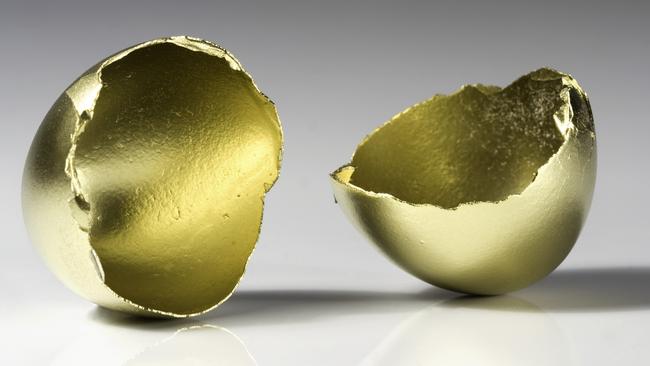Superannuation taxes: what the government takes from nest eggs
Superannuation taxes have been tinkered with for decades, and it’s worth knowing how the government bites into your savings.
Business
Don't miss out on the headlines from Business. Followed categories will be added to My News.
Tax and superannuation are two words that usually bore and confuse Australians, but in recent times people’s glazed-over eyes have turned into fire.
The Labor government’s complex plan to increase taxes on people with superannuation balances above $3 million has sparked anger and fear about what rules it wants to change next.
Arguments will rage in Canberra for months, but Australians should not forget that super remains the best – and lowest-taxed – way to save for retirement.
It’s good to understand exactly how your super is taxed, and why financial planners recommend it so enthusiastically.
WHILE YOU’RE WORKING
Your wage is taxed at between zero and 47c in the dollar, depending on how much you earn. Earnings within your super fund are taxed at 15c in the dollar.
Compulsory super contributions that bosses pay employees – currently 10.5c for each dollar of wage – are generally taxed at 15 per cent as they go into a fund.
These are known as concessional contributions, include salary sacrifice and other personal tax-deductible contributions into super, and are capped at $27,500 a year.
It makes good financial sense for middle and higher income earners to pump extra cash into their super. Rather than having to give up to 47c of every dollar they earn back to the government, they only lose 15 per cent.

BUILDING BIGGER BALANCES
Australians can pump in much more than $27,500 a year if they wish.
Non-concessional contributions, using after-tax money such as cash in the bank or investment proceeds, don’t get any fancy tax-deductibility but the cap is much higher – $110,000 a year. Plus you can bring forward two years of future contributions – bringing the total allowed in to $330,000 per person, and they are not taxed as the money goes in.
But wait, there’s more. Downsizer contributions of up to $300,000 per person can be injected into super from the sale of a family home by anyone aged over 55, and do not count towards other contributions caps.
These big-ticket ways to boost nest eggs are likely to become less popular if Labor’s new tax gets legislated in its current form, without indexation of the $3m cap.
TAX INCENTIVES TO SAVE MORE
Super offers other tax benefits too. Government co-contributions deliver an effective 50 per cent return on investment if a person earning below $42,000 puts $1000 after-tax into their fund, because the government tops that up by $500.
The spouse contribution tax offset pays $540 a year to a person who puts $3000 into their low-income spouse’s super.
RETIREMENT INCOMES
The biggest tax benefits go to retirees who have switched their super from the accumulation phase into the pension phase, where it is paying them an account based pension.
Here there is no tax on income, capital gains and withdrawals for most people, although public sector super schemes have different rules.
These tax-free pensions are capped at $1.7 million, soon to be $1.9 million thanks to indexation – unless, of course, the rules get changed again.
FOREVER TINKERING
Labor’s latest tax move in an endless and confusing run of rule changes.
This tinkering often sparks an angry response, especially when half-baked, with strong arguments for and against.
However, it does not change the fact that superannuation remains one of the best vehicles Australians can use for low-tax retirement saving.
More Coverage
Originally published as Superannuation taxes: what the government takes from nest eggs





